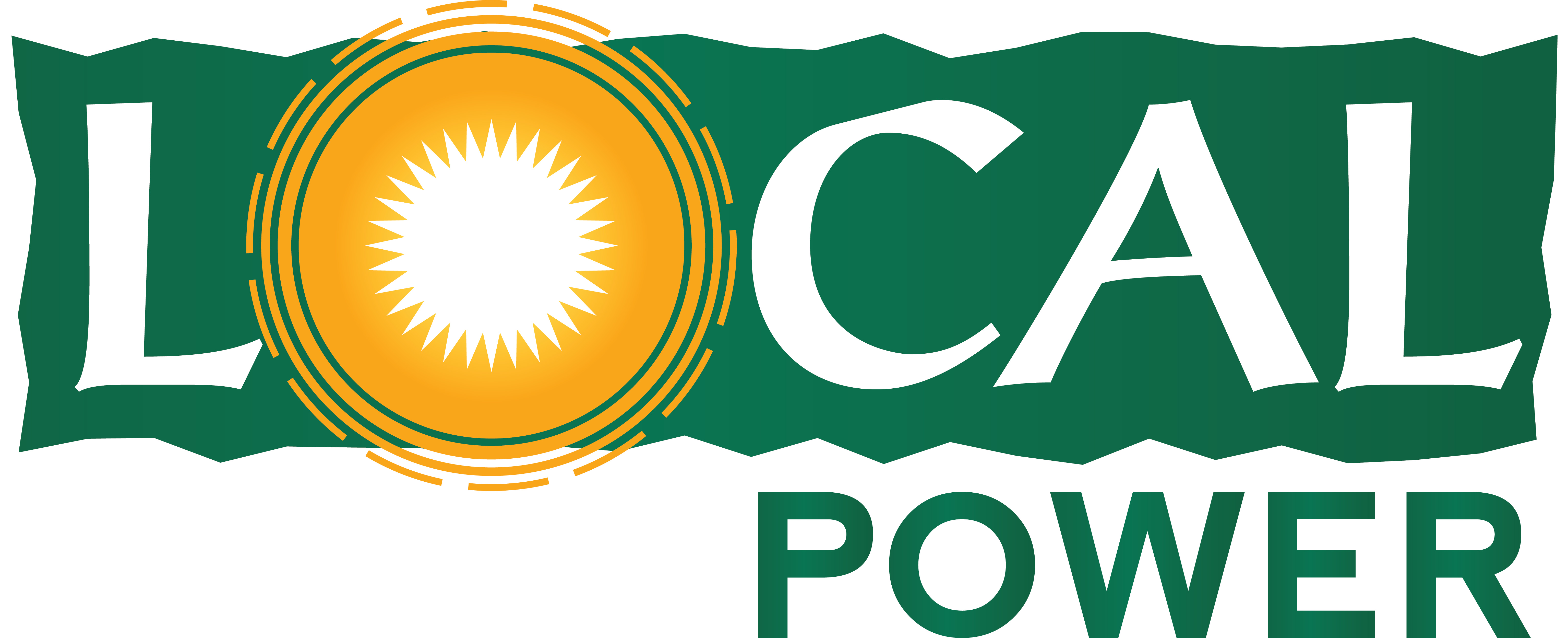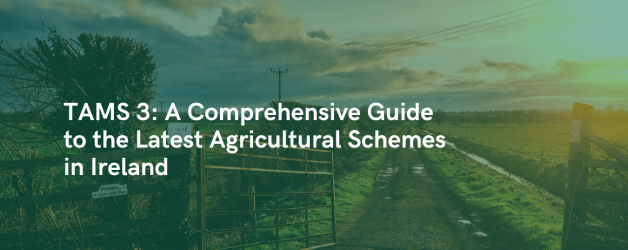TAMS 3 Solar PV Grants for farmers: A guide
TAMS 3 provides a 60% grant for solar panels on farms, aiming to boost renewable energy use and decrease Ireland’s agricultural carbon footprint, through the Solar Capital Investment Scheme (SCIS). Crucially, this funding is ring fenced with its own investment ceiling of €90,000, so it doesn’t impact on the funding ceiling for other schemes. Local Power installs premium European-warranted solar PV equipment and has a proven track record installing solar on farms in Ireland.
Funding available for solar under TAMS 3
The grant under TAMS 3 offers 60% funding on eligible solar panel installations for farms, capped at €90,000 per farm.
Solar PV Surveys are mandatory to tailor the solar system to each farm’s specific electricity needs, ensuring no oversizing and enabling the sale of surplus electricity back to the grid. Local Power looks after this and all other necessary paperwork for the installation as part of their service.
Local Power provides complimentary site surveys, specialised advice on optimal systems for individual farms, and assistance throughout the grant application process, leveraging their expertise in solar panel installation for farmers.
Who can apply for a TAM 3 solar grant?
Eligible farmers for the TAMS 3 Scheme include those owning, leasing, or renting at least 5 hectares registered under the Basic Payment Scheme (BPS) and Basic Income Support for Sustainability (BISS), or those operating intensive enterprises with a minimum of 20 production units or possessing a Department identifier.
All qualifying farmers can claim back 60% of their expenditure. For registered farming partnerships, the investment ceiling remains at €90,000, regardless of the number of partners, however the maximum size of solar PV panels covered by the grant is 62kW. Applicants can add on to the system at their own cost.
Where do the solar panels have to be installed?
Local Power will always advised on the best location for installation as part of an initial site survey. Solar PV panels can be installed on shed roofs, ideally facing south, east, or west. However, mounting them on a dwelling house is not allowed. Ground-mounted panels are also viable, provided they’re within 500 metres of the farmyard, and associated equipment like inverters must be either in the farmyard or adjacent to the panel array.
Can I export excess power back to the grid?
The solar PV system under the TAMS 3 grant is designed for farm-exclusive use. Electricity generated on the farm cannot be used for commercial or non-farming purposes. However, the electricity can be exported back to the grid once the system is sized in accordance with the SCIS terms and conditions.
An essential component of the application is the ‘On Farm Solar PV Survey,’ which assesses the farm’s electricity needs and the proposed system’s output. Local Power offers assistance in navigating the grant application process to determine the best options for individual needs.
Who can install solar under the TAMS 3 grant?
For the installation and commissioning of solar photovoltaic (PV) panels under the grant program, it’s mandatory to use installers who are officially recognised and accepted by the Department. Local Power is an official and approved installer of solar panels.
How do I apply for solar under TAMS 3?
To apply for the 60% TAMS Grant, applications are submitted through agfood.ie. For assistance with the process, including a free site survey, Local Power can be contacted (Link here?) The Department of Agriculture requires specific documentation for the grant application:
- On farm Solar PV Survey.
- Detailed drawings and plans of the farm structure and layout.
- Site location map of the proposed investment area.
- Necessary ownership documents or relevant application maps with LPIS numbers.
- Legal and corporate documentation if applicable.
- Planning permission documents or exemption declarations.
- Engineer’s report in specific cases.
For comprehensive details and help with the application process, reaching out to Local Power is recommended.
Looking for more information on TAMS 3?
Understanding all updates to TAMS 3
Enhanced Focus on Environment and Animal Welfare: All investments under TAMS 3 align with climate benefits, environmental improvements, and enhanced animal welfare, reflecting a commitment to sustainable farming practices.
Introduction of 10 New Schemes: These include the Animal Welfare Scheme, Young Farmer Scheme, Women Farmer Scheme, and others, each tailored to specific needs within the agricultural sector.
Increased Investment Ceilings: The investment ceiling for most schemes has risen to €90,000, with the Pig and Poultry Scheme seeing an increase to €500,000.
Understanding the scheme ceilings and applications
Reset Scheme Ceilings: Previous expenditures under TAMS 2 do not affect the new ceilings under TAMS 3, allowing farmers to invest anew.
Phased Openings: The schemes will open in phases, with the solar scheme having already commenced. This phased approach ensures that farmers can plan and prepare their applications effectively.
Spotlight on other TAMS schemes
Animal Welfare Scheme: Incorporating a wide range of new investments, this scheme focuses on improving animal housing, slurry storage, and introducing equine facilities, among others.
Farm Safety Scheme: A new addition emphasising farm safety, this scheme offers a 60% grant rate for safety-related investments, like silage bale slicers with plastic remover attachments.
Organic Farming and Young/Women Farmer Schemes: These schemes provide enhanced support for organic farming practices and young or women farmers, promoting diversity and inclusivity in agriculture.
TAMS 3 represents a significant shift towards a more sustainable, inclusive, and efficient agricultural sector in Ireland. With its focus on environmental benefits, animal welfare, and safety, it encourages farmers to adopt practices that are beneficial for both their farms and the broader environment.
Stay tuned for further updates as the various schemes under TAMS 3 roll out. It’s an exciting time for Irish agriculture, and these developments promise a brighter, greener future for all involved.
If you are interested in harnessing the power of solar in 2024, speak to Local Power for a free, no obligation quotation.


